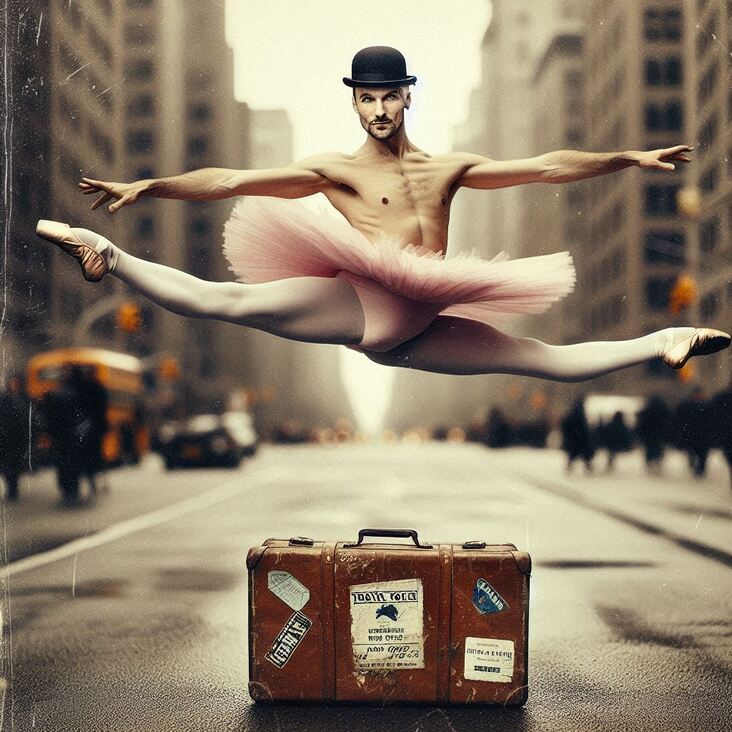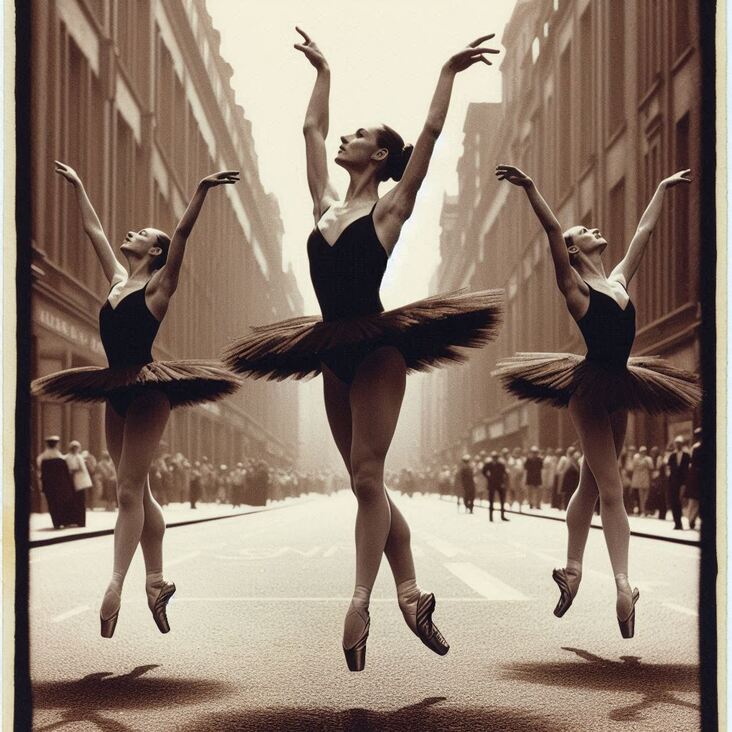
Helloooo lovelies! Emma here, your resident tutu enthusiast and historian extraordinaire, back with another edition of Tutu Tuesday! It’s October the 7th, 2025 – can you believe it? The leaves are turning all shades of glorious crimson and gold, the air is crisp, and there’s a certain autumnal magic in the air… just perfect for twirling in a pink tutu, wouldn't you say? 💖
This week, I’ve been transported to the Victorian era, specifically the year 1832! That's right, I’m currently doing a little bit of time travel. Isn't it simply fantastic? The streets are cobbled, the houses are quaint, and the fashions are utterly divine. Now, you might be thinking "Emma, how do you afford this fancy time travelling, it must be very expensive!" I have a secret… I actually use my passion for ballet! Performing for theatre groups around the world not only satisfies my love for the art form but also pays for my thrilling time travel adventures. 😉
This Tuesday's historical escapade brings us right to the dawn of the tutu as we know it. Let's go back to the 1830s and the ballet La Sylphide, specifically! This was a ballet unlike anything they had ever seen before. Imagine… a ballet full of whimsy and light movements, telling the story of a mischievous sprite called a Sylph. In the past, ballets were all about structured steps and elegant, elaborate costumes. This one… oh, this one changed the game!
The La Sylphide costume, crafted by a brilliant fellow named Eugène Lami was groundbreaking. No longer were dancers confined by those heavy, voluminous skirts, he envisioned something lighter. Something flowy! This resulted in the first-ever truly "tutu-like" costume! Picture this - a light, diaphanous skirt made of several layers of soft tulle, and voila! It's so beautifully simple and ethereal. It looks like a wisp of air dancing on the stage, just like a real sylph. And it...transformed...ballet!
This revolutionary garment ushered in an era of a brand new type of ballet – lighter, more fluid movements that allowed dancers to float across the stage with the grace of birds. It became the emblem of romantisme in ballet, reflecting the shift from rigid classical movements towards more fluid, graceful forms. It's incredible how the costume became a symbol of the changing times, reflecting the burgeoning Romantic movement across art and literature! It’s one of those “aha!” moments in history - the costume defines the entire style and approach of the era!
As the 19th century unfolded, the tutu evolved in style. It remained a symbol of grace and airy freedom but gained different forms. There were the shorter, "classic" tutus, with multiple layers of tulle that create the characteristic bell-like shape, and the flowing, almost weightless "Romantic" tutu, which were a delight for both eye and soul. They allowed dancers a whole new level of fluidity and freedom. This became the true signifier of ballerinas and ballet in popular imagination! It even began to change fashion, making their way off the stage into the street - even as elegant daytime attire in Victorian circles! How lovely!
We fast forward to the mid 19th century, where the "Romantic" tutus were still the popular form. Imagine these graceful, long tutus, all airy and floating. But a new era was on its way! Enter Marius Petipa. A famous ballet master, this innovative genius championed the more fitted " classic" tutus for his spectacular, grand productions - the likes of "The Sleeping Beauty" and "Swan Lake"! Can you see why these were popular? Gorgeous stories, and amazing costumes, that looked amazing on stage. A shorter skirt allows dancers the full potential to show off all their technique, intricate footwork, and power in leaps and turns!
Today, the classic, bell-shaped tutus remain a mainstay in ballet. Think Sleeping Beauty, Swan Lake, Giselle, you name it! And just look at how wonderfully intricate they’ve become – so much delicate embellishment! We even have new styles like the " tutu de pointe", which creates a striking streamlined form. They continue to capture imaginations. Just imagine, all this wonderful art evolved from the initial inspiration of that single groundbreaking design for La Sylphide in the 1830s!
I just love the elegant femininity of the tutu, its sheerness and airy movements that somehow encapsulate both ethereal beauty and a powerful artistic statement. That, my friends, is the essence of a tutu, and a key reason why they remain an enduring symbol of ballet, a timeless and truly stunning expression of dance! 💖
Oh, I've got so much more to tell you! But our time here in 1832 is coming to a close, I can't stay away from my little corner of London for too long. But just wait, next week, we are traveling back in time once more, going all the way to 15th century Italy, and exploring Renaissance ballet! This is so exciting, it will involve some of the earliest recorded forms of dance, so we will definitely be looking at the fashion of the era! So, grab your favorite cuppa and a delicious treat, and I'll see you all next Tuesday. Happy twirling, my darlings!

